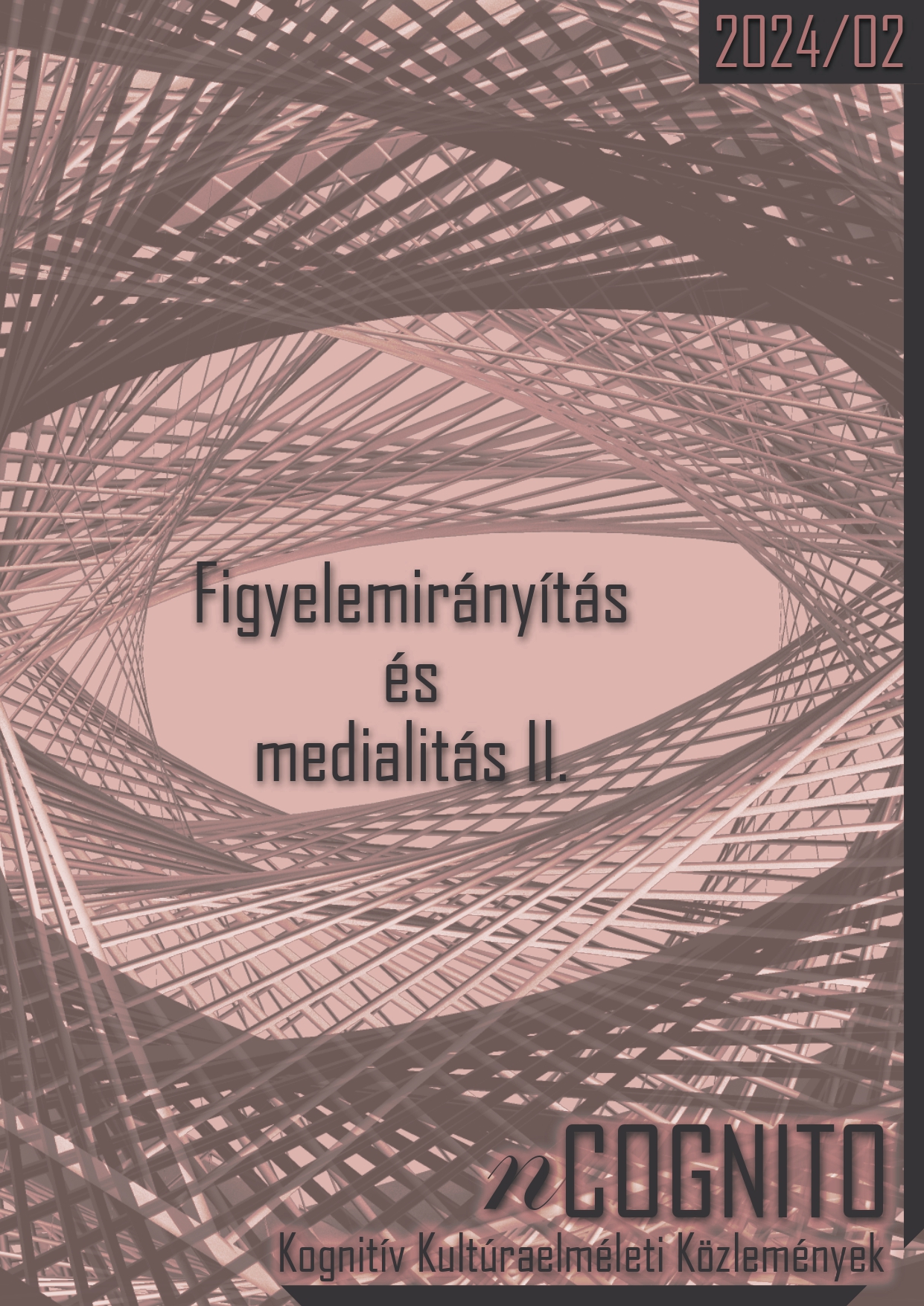Task-oriented attention and detective fiction Attention management in Bence Hidas’ detective story És mindent betemet a hó
Main Article Content
Abstract
The detective novel is one of the most schematically structured genres, and therefore one that readers have high expectations of in terms of the narrative structure and the way in which the plot is constructed. Furthermore, readers anticipate the appearance of specific character types and plot elements. Additionally, they expect writers to deliberately direct their attention. This is achieved by focusing on seemingly insignificant details and distracting readers from important clues. This makes the mystery more challenging to solve and provides an exciting challenge. The reader's attention is thus trained to the peculiarities of the genre in a manner analogous to how it is directed towards a task: it focuses on the task at hand while avoiding events that are not pertinent to it. The principal argument of this study is that the detective novel employs genre-specific attentional control techniques that put the reader’s attentional system in a state of conflict: concentrated attention versus automatic perception, and exogenous versus endogenous attention are in constant tension with each other. In the initial section of the paper, I will delineate the task-oriented attentional functioning that is characteristic of detective fiction. Subsequently, through an analysis of Bence Hidas’s crime novel And the Snow Covers Everything, I will demonstrate how detective stories employ attentional narrative techniques and how they entice the reader into the trap of their own attentional functioning.

